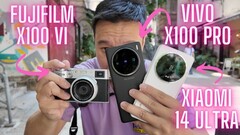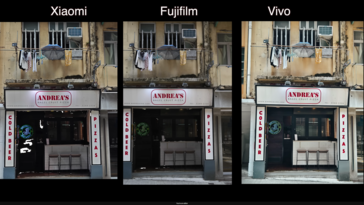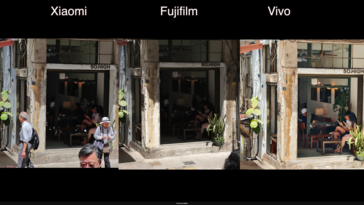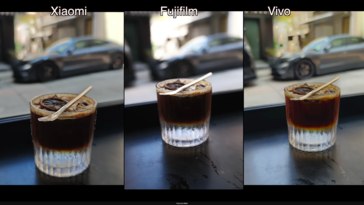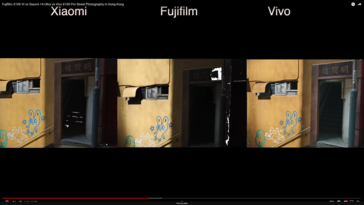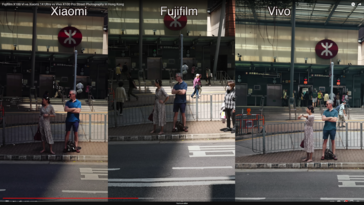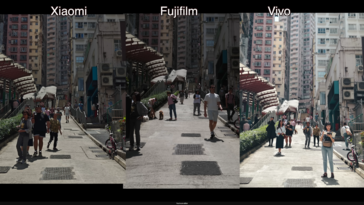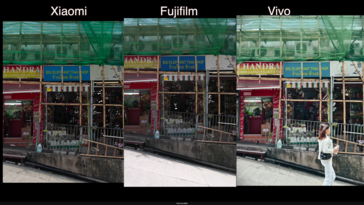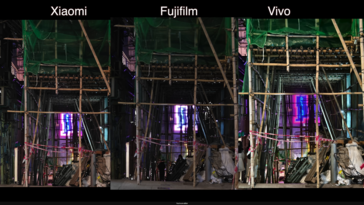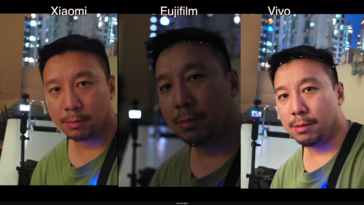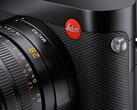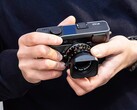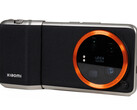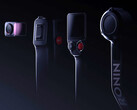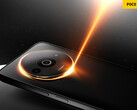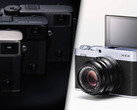With their huge 1-inch sensors, bright macro telephotos and filters with a vintage film look, both the Vivo X100 Pro and Xiaomi 14 Ultra offer a lot of camera power. Thanks to the collaboration between Leica and Zeiss, the latest high-end chipsets and a host of AI and computational photography algorithms, they are also superior to traditional cameras in many respects and still cost significantly less than some mirrorless or DSLR cameras.
Although the Xiaomi 14 Ultra is one of the most expensive smartphones on the international market at approximately around $1,500, the Fujifilm X100VI, which will be launched very soon, is even more expensive at $1,599.00. In comparison, the Vivo X100 Pro, which is available in Austria or the Czech Republic for just under €1,100 (approx. $1200), is a real bargain. In other countries, the price differences are sometimes greater, but in any case, the two smartphone flagships offer much more value in terms of camera strengths than the new Fuji camera, not to mention their additional features.
But how good are the high-quality Leica and Zeiss cameras in a smartphone compared to a Fujifilm X100VI? Youtuber Ben Sin investigated this on his channel. Armed with the three cameras, all unalike, he walks through Hong Kong in an almost 12-minute video (see below), focusing on street photography. Video or portrait shots are thus not the focus of the camera comparison. According to the tester, the new Fuji camera has a speed disadvantage, especially when focusing, and HDR shots do not exactly count among the strengths of the retro camera.
Xiaomi 14 Ultra closer to the look of the Fuji X100 VI than the Vivo X100 Pro
The comparison images above (all from the video below) clearly show that the Vivo X100 Pro, with its perfect HDR algorithms, is in a completely different league to the Xiaomi 14 Ultra and Fujifilm. The classic camera hardly produces any HDR effects in auto mode, which the tester primarily used, while the Leica camera strikes a good balance between modern HDR and a vintage camera look. Both smartphones and their onboard filters can be used to recreate a little of the coveted retro look. Contrary to the tester's statements, the Xiaomi 14 Ultra camera also has corresponding filters in photo mode.
For night shots, both smartphones compensate for the significantly smaller sensor size compared to the APS-C camera with a lot of software magic, which leads to the peculiar result that the night selfie with the Fuji is by far the darkest version. Of course, you can get a lot more out of the Fujifilm with RAW shots and appropriate manual settings, as the tester points out several times. In a point-and-shoot comparison, however, the extra cost of a dedicated camera is unlikely to be worthwhile for most consumers - professionals are of course not included here.




